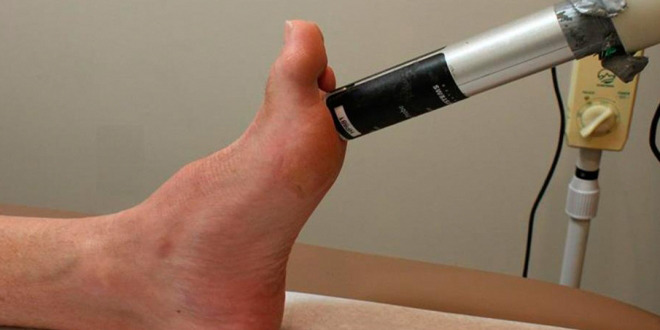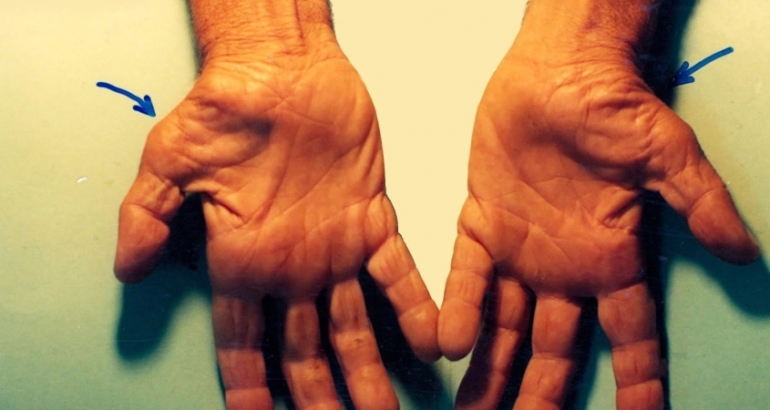The cause of Morton’s neuroma is not clear. Shoes tapering forward, it is suggested that repetitive bounce movements on hard ground cause the nerve to thicken, causing interference. The transverse metatarsal ligaments that connect the comb bones to each other are found as a roof above the nerve and cause the thickened nerve to remain stuck in the narrow space. Patients can express the feeling of walking in marble. Pain can spread to the 3rd and 4th fingers and relief can be achieved by shoe removal. Cases such as swelling are not common.
How can the diagnosis be made?
Complaints can be increased by manually compressing the comb bones. Your doctor may ask you for diagnostic methods such as x-ray, ultrasound or MRI. The role of X-rays in the diagnosis of morton neuroma is limited, but only helps to differentiate other diseases. Especially in suspected cases, this lesion may be seen in contrast-enhanced MRI.
What is the treatment?
In surgical treatment, the transverse ligament is cut with a 2-3 cm incision made between 3-4 comb bones and the nerve is released or the thickened nerve segment is removed. Non-surgical treatment can only reduce complaints in 20% of patients. The aim is to reduce the pressure on the nerve. With large scalloped shoes, heelless shoes or tight-stiff soles, the movement of the fingers is limited to some extent to reduce complaints. Steroid administration to the lesion and oral painkillers may temporarily relieve the lesion. Insoles, pads and orthotics have not been shown to be of significant benefit.



